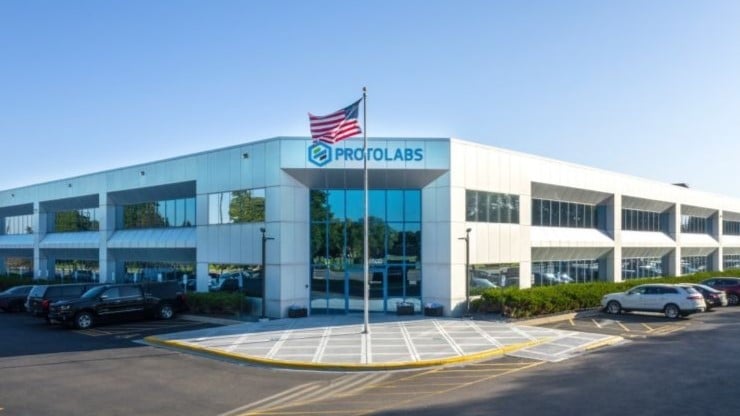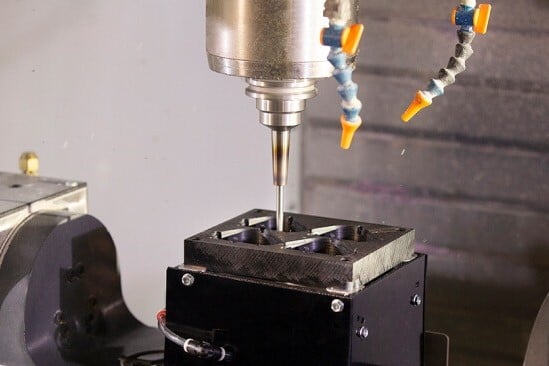You’ve designed a 3D part, and now it’s time to get it made. Rather than searching for a 3D printing service provider yourself, why not just upload it to an online manufacturer and let them find one for you? Two of the biggest names in the online manufacturing industry are Xometry and Protolabs. Both of these providers make it easy to turn your design file into a reality.
The custom manufacturing industry has seen incredible growth in recent years. That is in part thanks to the ubiquity of CAD software, which allows users to generate files for manufacturing, but also in part to streamlined online processes that let you upload a file for manufacturing. The industry provides businesses and individuals with specialized on-demand production services to create unique, sometimes one-off, products. The industry continues to evolve and expand, with a focus on innovation, sustainability, and the development of new technologies.
Xometry and Protolabs are leading players in this space, with both companies offering a wide range of services for rapid prototyping and low-volume production. While the two companies may seem similar at first glance, several key differences can impact your choice as a customer.
In this article, we’ll take a closer look at Xometry and Protolabs, comparing their capabilities, services, and pricing, and explore the advantages and disadvantages of each. Whether you’re a designer, engineer, or hobbyist, this article will provide some insights into the world of custom manufacturing and help you make an informed decision about the best service provider for your needs.
Consider Craftcloud

Before we dive into our comparison between Xometry and ProtoLabs, let’s take a look at Craftcloud by All3DP. This online marketplace offers a platform for makers and manufacturers to easily connect with service providers around the globe and get their 3D printed parts made affordably and efficiently.
With Craftcloud, users can upload their 3D designs, receive instant quotes from a wide network of factories, and manage their orders from start to finish. The user-friendly interface and streamlined process make it easy for designers, engineers, and entrepreneurs to bring their ideas to life. Additionally, Craftcloud’s commitment to sustainability and responsible manufacturing practices sets it apart from other online manufacturing services.
With no minimum order price and a friendly customer care team, Craftcloud is a great option for your next project!
Background

Before we jump into our comparison of their service offerings, let’s discuss the background of each company.
Xometry
Xometry is an on-demand manufacturing platform that connects businesses with a network of manufacturing partners to quickly produce custom parts and prototypes. The technology-driven company was founded in 2013 by Laurence Zuriff, Randy Altschuler, and John P. Bradburn. They established it with the aim of revolutionizing the manufacturing industry by connecting customers with a network of over 10,000 partners across the US, Europe, and Asia.
The platform offers a wide range of manufacturing services, including CNC machining, 3D printing, sheet metal fabrication, and injection molding, among others. Over the years, Xometry has grown to become a recognized leader in the industry and has received recognition and funding from various investors and venture capital firms. Today, Xometry continues to push the boundaries of technology in manufacturing, delivering high-quality products to customers in a fast and cost-effective manner.
Protolabs
Like Xometry, Protolabs is an on-demand manufacturer that offers a wide range of services, including 3D printing, CNC machining, injection molding, and sheet metal fabrication.
The technology-driven manufacturing company was founded in 1999 with the goal of offering customers fast and accurate injection-molded prototype parts. Protolabs was one of the pioneers in digital manufacturing, using its proprietary algorithms and automation to offer quick-turn prototyping services for injection molding and CNC machining. Over the years, the company has expanded its offerings to include a wider range of materials and technologies, such as 3D printing and sheet metal fabrication services.
Today, Protolabs is a leading provider of custom manufacturing services, serving customers in a variety of industries for medical devices, consumer products, and industrial equipment. The company boasts their own digital manufacturing facilities and also owns Hubs, an online manufacturing platform that connects customers with a network of manufacturing partners across the globe.
Their commitment to using the latest technologies to offer high-quality, on-demand manufacturing services has helped Protolabs grow into a multinational organization with facilities in Europe and Japan, expanding from its headquarters in the United States.
Similarities & Differences
Clearly, there are some similarities between the two companies. Both Xometry and Protolabs aim to provide fast, flexible, and high-quality custom manufacturing services, albeit with slightly different approaches and service offerings. Both companies offer on-demand manufacturing services, an array of manufacturing techniques, and operate on a global scale.
However, there are some differences across their services. Xometry focuses on connecting businesses with a network of manufacturing partners, while Protolabs provides a one-stop shop for all custom manufacturing needs. While Xometry can be more specialized, their lead times are often not as fast as Protolabs. We’ll now take a closer look at the processes, materials, finishes, pricing, and customer support available for each company to see how they stack up.
Processes
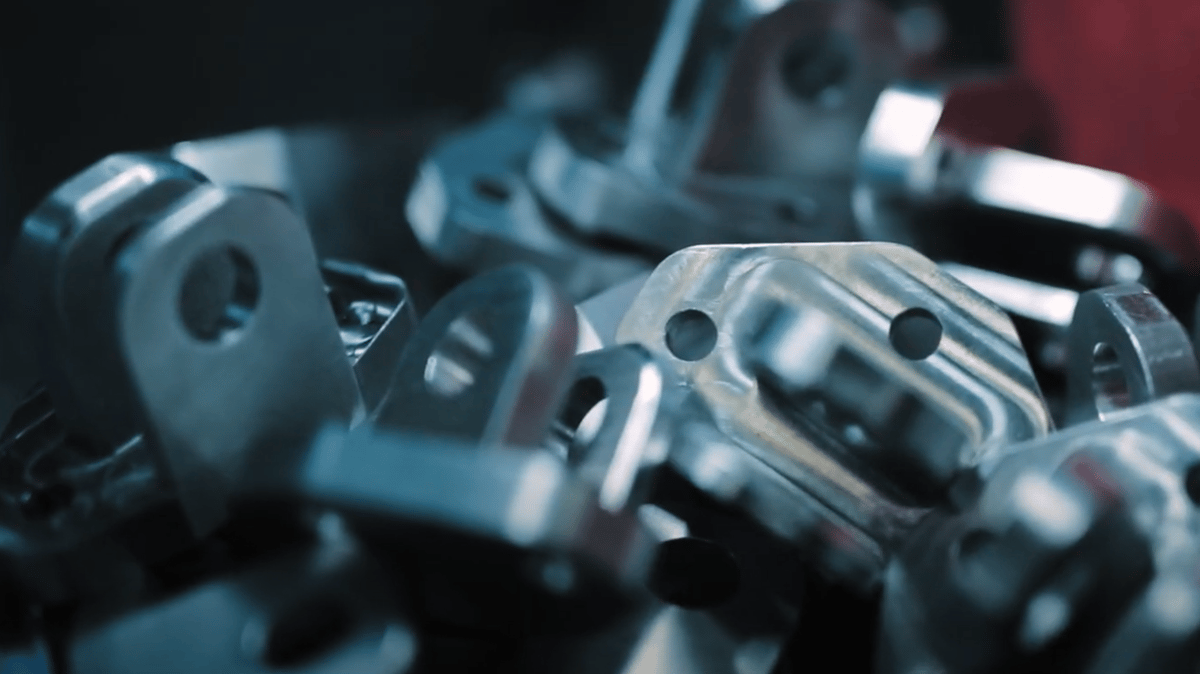
Xometry and Protolabs offer a variety of manufacturing processes. Choosing a process typically comes down to your specific part, how you want to make it, and how many you want to make. If it’s a part with internal structures, you’ll probably go for 3D printing, but if there are features like metal brackets, it may require CNC machining. It’s best to keep the process in mind when designing your parts so you can plan ahead. Now, let’s take a look at how each company’s services compare:
3D Printing
Xometry and Protolabs both offer on-demand 3D printing services. Xometry provides eight different printing processes, including selective laser sintering (SLS), fused deposition modeling (FDM), stereolithography, direct metal laser sintering, polyjet, Carbon DLS, binder jet metal, and HP Multi Jet Fusion. In comparison, Protolabs offers six processes, including selective laser sintering (SLS), fused deposition modeling (FDM), stereolithography, metal 3D printing, polyjet, and HP Multi Jet Fusion.
CNC Machining
CNC machining, or computer numerical control machining, is a manufacturing process that uses computer-controlled machines to create precise, complex parts and components from a variety of materials, including metal, plastic, wood, and composites. The process is offered by both Xometry and Protolabs. Xometry offers three processes, including CNC milling, turning, and drilling, while Protolabs offers milling and turning.
The in-house factories at Protolabs boast hundreds of CNC machines for rapid turnaround, but their digital network of manufacturers is a good option if your project requires advanced capabilities, such as anodizing, volume pricing, and tighter tolerances. Since both companies are ISO 9001 certified, you count on them to deliver high-quality results.
Injection Molding
An affordable way to create a part at scale, injection molding shapes plastics and resins by injecting heated material into a mold. Both Xometry and Protolabs offer this service, with injection molding, insert molding, and overmolding processes available. Protolabs also offers liquid silicone rubber molding. The largest size Protolabs can accommodate with plastic injection molding is 480 x 751 x 203 mm, and some jobs can be turned around in one day. Xometry doesn’t specify a size limit, and they have a minimum lead time of 10 days.
Sheet Metal
Xometry offers a variety of sheet metal fabrication services, including cutting and forming for aluminum, steel, and stainless steel. The metal is cut with plasma, waterjet, or laser systems. Protolabs only mentions laser cutting sheet metal fabrication services on their website, but they do offer additional material options like brass and copper.
Laser cutting metal is ideal for creating parts with complex geometries, as well as for cutting thin or thick sheets of metal quickly and accurately. The process is computer-controlled, allowing for intricate designs and patterns to be cut into the metal.
Die Casting
Unlike Protolabs, Xometry offers hot chamber and cold chamber die casting services for aluminum and zinc alloys. Typically used for creating complex metal parts, this process involves using hydraulic pressure to force molten metal into steel molds. The mold, also known as a die, is created using two hardened tool steel dies, which are machined into shape and work similarly to an injection mold.
Materials & Finishes
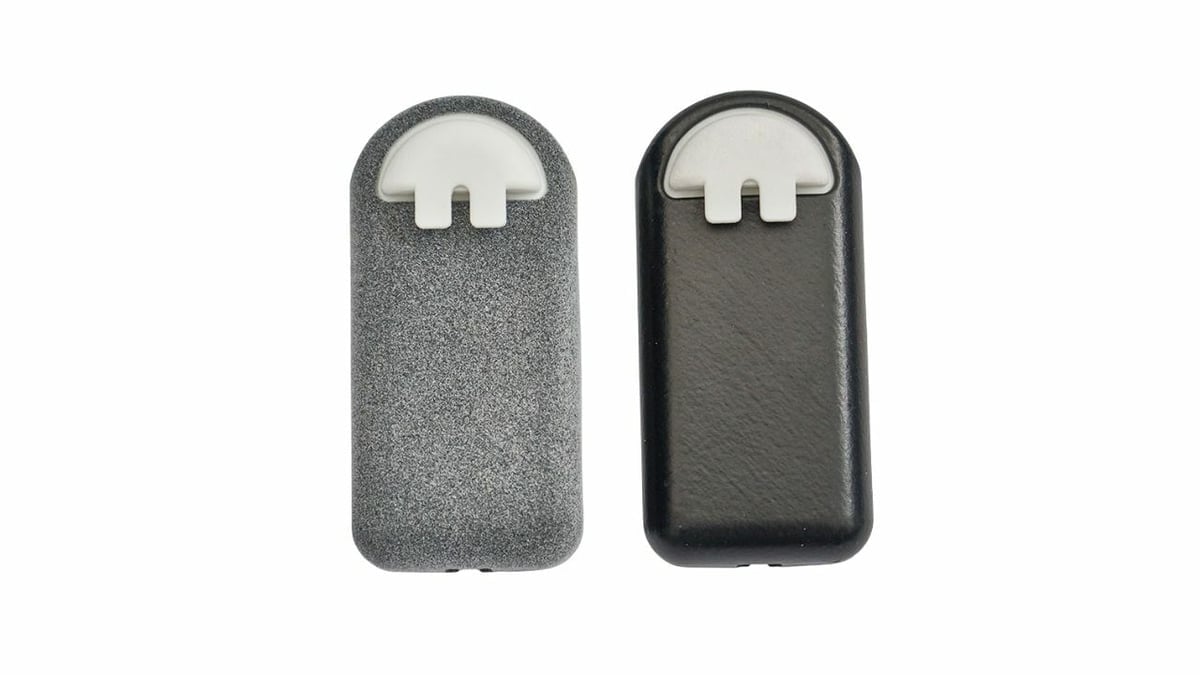
Both Xometry and Protolabs offer a wide array of material options across their different services. For 3D printing, Xometry claims to offer over 70 different metal and plastic material options, with the widest selection of materials available for instant quotes, while Protolabs offers a range of 30 3D printing materials that include metals, plastics, and elastomers. You can find plenty of traditional materials, as well as unique composites like glass-filled nylon and ceramic-like PC.
For finishing options, Protolabs provides SLS vapor smoothing, painting for 3D printed parts, and anodizing or post-machining for metal materials. You can choose from a wide range of colors or make use of their custom color matching service.
Xometry offers finishes like dying, media tumbling, and vapor smoothing for 3D prints in addition to coating services and heat treatment for metal parts. They provide standard post-processing and finishing, but you can always customize the finish or request additional post-processing, depending on your specific project and preferences.
Pricing & Lead Times
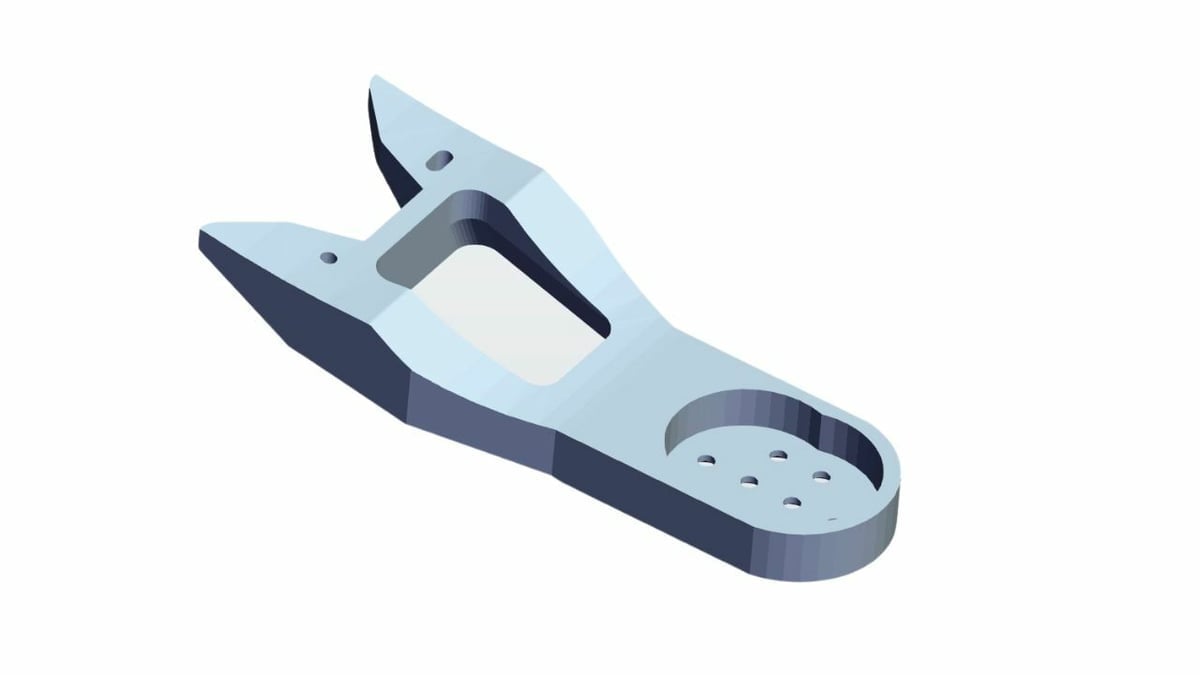
It’s relatively easy to compare pricing between providers, as both Xometry and Protolabs offer instant online quotes for their services. However, you’ll have to create an account to access Protolabs’ MyRapid quote service.
In terms of 3D printing, the companies differ in price depending on the process, with both offering a variety of finishing options. The pictured bracket cost around $164 with a three-day lead time when SLS printed with Accura 7820 from Xometry. The same part from Protolabs was $250 in the same material, also with a three-day lead time. Beyond that, Xometry’s pricing seems to scale better in areas like CNC machining for smaller batches.
When it comes to lead times, Protolabs has an edge over Xometry in some instances, thanks to their in-house digital manufacturing factories. Depending on the part, they offer a rapid turnaround in as quick as one day. On the other hand, Xometry specifies a minimum three-day lead time for 3D printing, with a standard lead time of 10 business days. However, it may take longer depending on the process and component. Typically, Protolabs is faster with a more expensive price tag.
Community Support
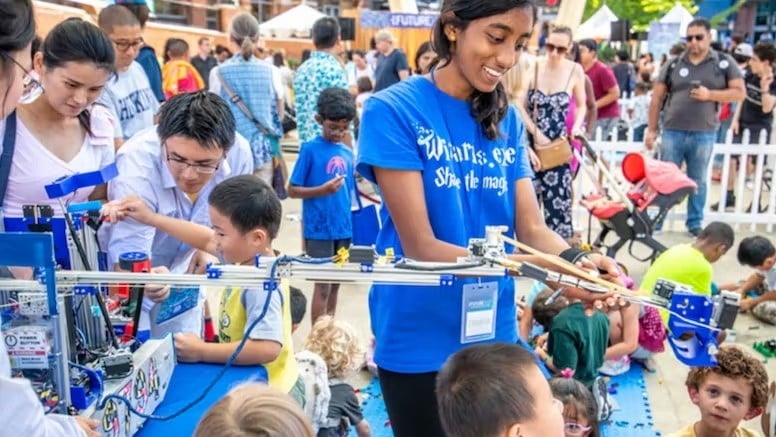
Both companies are quite active in supporting and reaching out to their customers. Xometry has an extensive resources section on their website with articles, supplier shop tips, design guides, and a blog. Protolabs also offers a variety of manufacturing resources, including design tips, trend reports, success stories, design aids for educators and students, and a blog. There’s an array of content available from each company describing their processes and the best working practices.
Protolabs also works with communities in the area of STEM. The picture above is from a STEM grants program where Protolabs donated over $250,000 to support new projects. Xometry runs events like design competitions to get people excited about creating things that can help the wider community. For example, their recent design contest was focused on helping people with limb differences.
If you’re looking for some third-party opinions, it’s worth having a look at subreddits for 3D printing or mechanical engineering for thoughts on each company and their services.
Final Thoughts
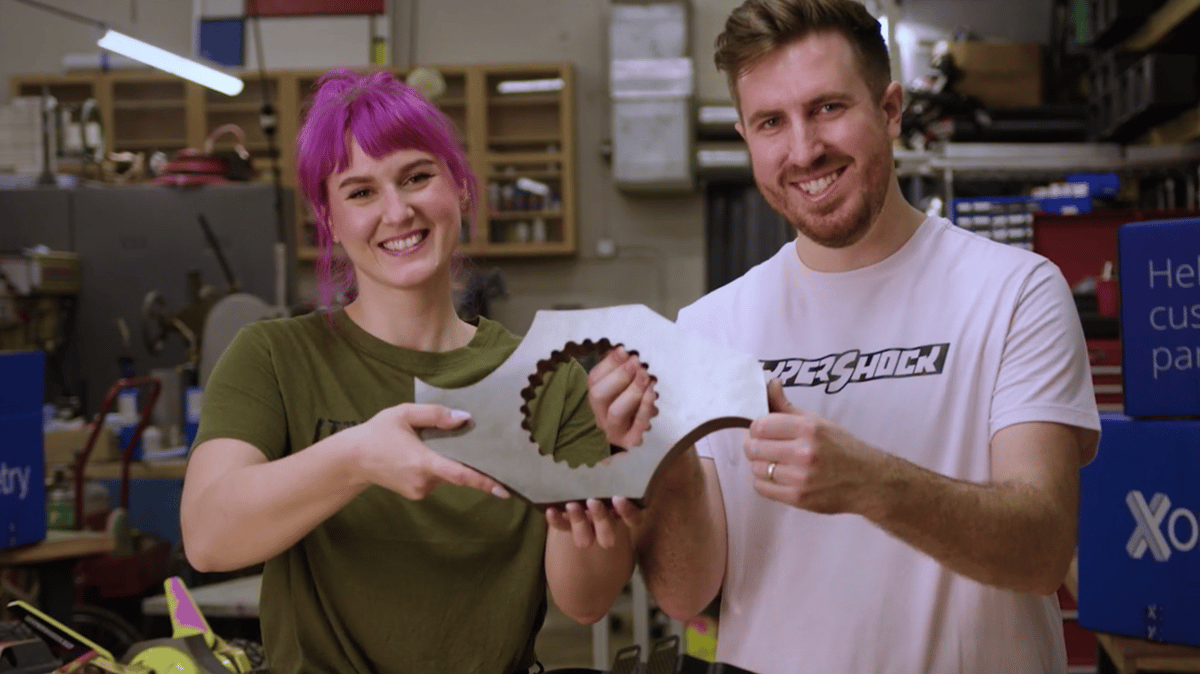
Overall, these two services are quite similar. However, Xometry seems to offer a different level of service between the USA and Europe, with the USA tending to be significantly faster. Xometry has a wider selection of services, so it’s an easy choice if you need one of the processes that only they offer.
On the other hand, Protolabs seems to be the better choice if you’re based in Europe or if you require parts quickly. They offer faster turnaround times for certain processes, so they can be the better option depending on your project.
Generally speaking, Protolabs is fast and produces quality work. Plus, they have the happy customers to show for it. Xometry will quote for more complex jobs and might take a bit longer to deliver for certain projects. Judging from the success of both companies, customers are happy with the results they provide.
License: The text of "Xometry vs Protolabs: The Main Differences" by All3DP is licensed under a Creative Commons Attribution 4.0 International License.


